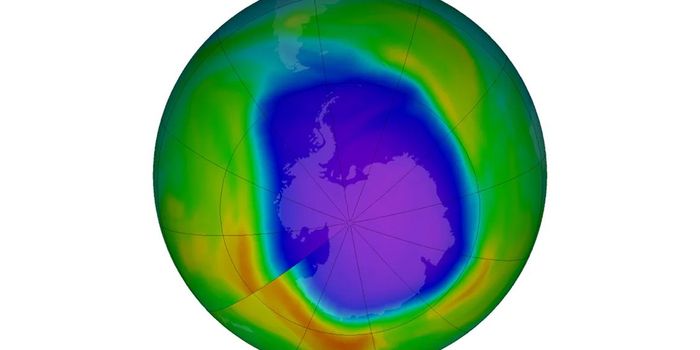What does 0.5°C more mean?
What is 0.5°C warmer anyway? It doesn’t sound like that much…right? Wrong.
When the United Nations Framework Convention on Climate Change (UNFCCC) proposed limiting the increase in global average temperature to between 1.5°C and 2°C above pre-industrial levels, there wasn’t much talk about what that 0.5°C different might mean. The 2015 Paris Agreements instead focused on what countries would need to do in order to commit to reducing global emissions. But researchers from the Institute of Industrial Science, The University of Tokyo say that doing so was a huge oversight.
The difference of 0.5°C, is apparently, according to their study which was recently published in Environmental Research Letters, a big deal.
"We wanted to contribute to the understanding of how important that 0.5°C could be, but such a study is not easy to conduct based on previous modeling approaches," explains corresponding author Hyungjun Kim. "This is mainly because most models look at the extreme high levels and you cannot simply take a slice out of the data while the model spins up to this maximum. Therefore, we used data from the specially designed Half a degree Additional warming Prognosis and Projected Impacts (HAPPI) project to assess the impacts on aridity based on estimations of the balance between water and energy at the Earth's surface."
Their analyses reveal the impact that 0.5°C has on global drought and aridity, citing that in a scenario with conditions of 2°C of warming, more frequent dry years and more severe aridification is seen in most areas of the world when compared with 1.5°C. Drought and aridity have serious, dangerous implications, including widespread food insecurity, wildfires, and civil unrest, not to mention impacts on wildlife.
"There is a really strong message that some parts of the world could have more frequent drought at 2°C than at 1.5°C. This situation could be especially severe in the Mediterranean, western Europe, northern South America, the Sahel region, and southern Africa," says lead author Akira Takeshima. "However, this situation is highly regional. In some parts of the world, like Australia and some of Asia, the opposite situation was simulated, with a wetter climate at 2°C than at 1.5°C." Wetter climates bring their own concerns, with tropical storms playing a factor in equal destruction and devastation around the world.
These findings, urge the authors, demonstrate the imperative need to maintain our global course toward the 1.5°C target in order to avoid the nightmarish impacts that an additional 0.5°C of warming would have on the planet.
Sources: Environmental Research Letters, Science Daily








